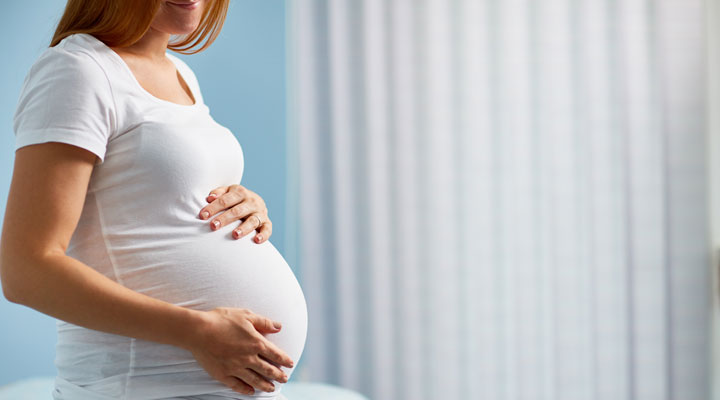Vital Signs: Safe Sleep for Babies
Eliminating hazards
There are about 3,500 sleep-related deaths among US babies each year.
22% of mothers reported not placing their baby on his or her back to sleep, as recommended.
39% of mothers reported using soft bedding (not recommended) when placing babies to sleep.
There have been dramatic improvements in reducing baby deaths during sleep since the 1990s, when recommendations were introduced to place babies on their back for sleep. However, since the late 1990s, declines have slowed. Other recommended safe sleep practices today include eliminating hazards, such as keeping blankets, pillows, bumper pads, and soft toys out of the sleep area. Recommendations also include room sharing but not bed sharing. These practices can help lower the risk of sleep-related infant deaths, including sudden infant death syndrome (SIDS), accidental suffocation, and deaths from unknown causes. Not all caregivers follow these recommendations. Healthcare providers can counsel caregivers on safe sleep practices during pregnancy and baby care visits.
Healthcare providers can:
- Advise caregivers to place babies on their back for every sleep. Keep soft bedding such as blankets, pillows, bumper pads, and soft toys out of their baby’s sleep area, and room share but not bed share with babies.
- Ask caregivers about how they place the baby to sleep, challenges to following recommendations, and help them find solutions.
- Model safe sleep practices in hospitals.
- Follow the latest recommendations from the American Academy of Pediatrics for safe sleep. http://bit.ly/2mwoaGV

The Federal Government is:
- Promoting safe sleep recommendations from the American Academy of Pediatrics. http://bit.ly/2mwoaGV
- Monitoring the use of safe sleep practices.
- Supporting educational campaigns, such as the Safe to Sleep® campaign. https://www.nichd.nih.gov/sts/
- Supporting research to better understand sleep-related deaths and strategies to improve safe sleep practices.
Healthcare providers can:
- Advise caregivers to place babies on their back for every sleep. Keep soft bedding such as blankets, pillows, and other soft objects out of their baby’s sleep area, and room share but not bed share with babies.
- Ask caregivers about how they place their baby to sleep, challenges to following recommendations, and help them find solutions.
- Model safe sleep practices in hospitals.
- Follow the latest recommendations from the American Academy of Pediatrics for safe sleep.
State and local health departments are:
- Improving safe sleep practices in child-care and hospital settings by training providers.
- Using the Special Supplemental Nutrition Program for Women, Infants, and Children (WIC) and other programs that serve mothers and babies to deliver culturally appropriate messaging about safe sleep for babies.
- Monitoring and evaluating safe sleep campaigns and programs.
Caregivers can:
- Place babies on their back for every sleep.
- Room share, but not bed share with babies.
- Keep soft bedding such as blankets, pillows, bumper pads, and soft toys out of their baby’s sleep area.
- Learn about safe sleep practices for your baby and talk to your healthcare provider. https://www.healthychildren.org/English/ages-stages/baby/sleep/Pages/A-Parents-Guide-to-Safe-Sleep.aspx
Issue Details
- Vital Signs Issue details: Infant Sleep Practices, Morbidity and Mortality Weekly Report (MMWR)
- Vital Signs – Safe Sleep for Babies [PODCAST – 1:15 minutes]
- Vital Signs – Safe Sleep for Babies [PSA – 0:60 seconds]
- Sudden Unexpected Infant Death and Sudden Infant Death Syndrome
- About SUID and SIDS
- SUID and SIDS: Data and Statistics
- SUID and SIDS: Parents and Caregivers
- Infant and Newborn Care – MedlinePlus
- Sudden Infant Death Syndrome – MedlinPlus
- SIDS and Other Sleep-Related Infant Deaths: Updated 2016 Recommendations for a Safe Infant Sleeping Environment
- Safe to Sleep®
- How to Keep Your Sleeping Baby Safe: AAP Policy Explained
- Building on Campaigns with Conversations



